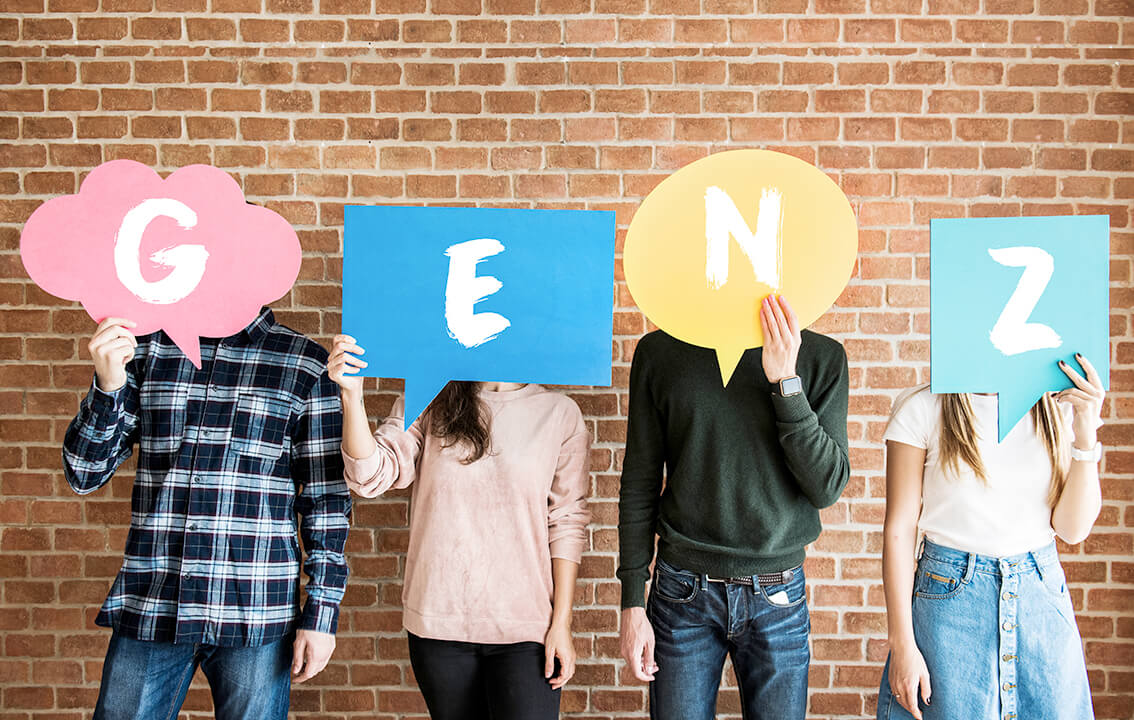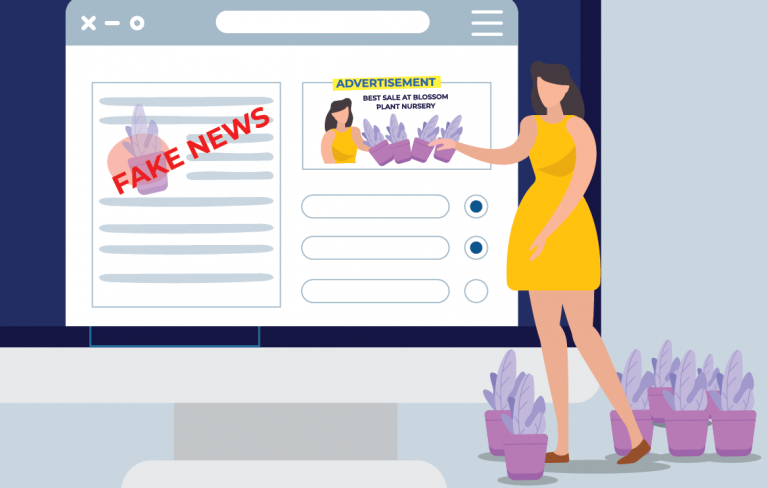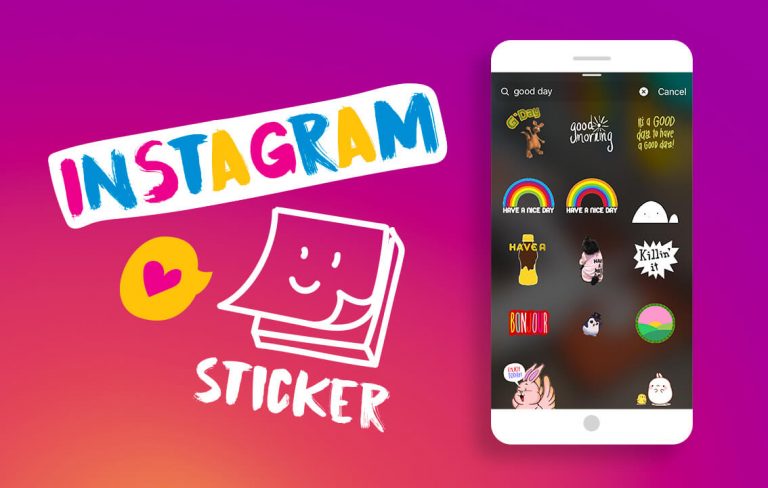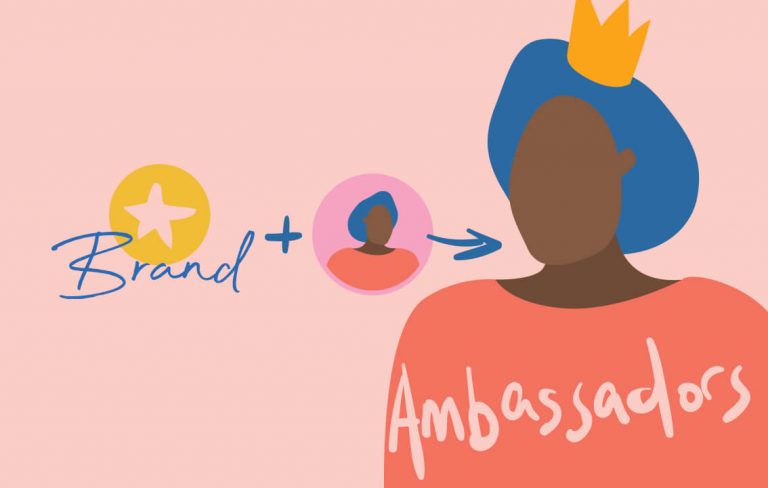Born in the years 1997 to 2011, Gen Z accounts for more than 27% of the world’s population. Having grown up in the world of smartphones and instant connections, they also see the flip side of technology, digital ad fraud, fake news and cybersecurity lapse. Unsurprisingly, this led to the development of a sceptic mindset for Gen Z-ers when dealing with ads online.
“Gen Z has a short attention span.”
This is a misconception most people have but contrary to popular beliefs, with personalised and value-adding content, marketers can definitely win the hearts and loyalty of Gen Z.
However, the competition gets tough when there’s the constant bombardment of marketing messages every day.
How can an ad stand out from the crowd of ads to reach them?
An “AdReaction study” by Kantar Millward Brown has provided possible solutions for marketers. 58% of Gen Z consumers are more likely moved towards ads with a humourous tone. Moreover, the ability to tell a story and inclusion of good music are hot on the heels and can be the key to getting Gen Z’s attention.
YouTube Pre-rolls are not always the answer!
Now, as a quick-witted marketer, you might think YouTube pre-rolls are the perfect answer to reach your Gen Z audience! Unfortunately, polls have shown that the invasive non-skippable YouTube pre-rolls are the absolute least favourite ad formats among Gen Z! In fact, a quarter of Gen Z uses ad blocking software to prevent such ads from interrupting their viewing experience! Yikes, just like that, you could have been blocked out by Gen Z!
Traditional media is making a comeback.
Despite being a smartphone generation, Kantar’s study showed that Gen Z daily mobile usage is lower than that of older generations. 55% of Gen Z prefers out-of-home advertising compared to other forms of traditional ads. One thing’s for sure: traditional media might just be making a comeback when it comes to advertising to this ‘digital native’ generation. As such, there is not a better time than now to think about an integrated marketing strategy that seamlessly weaves in both digital and traditional media.





